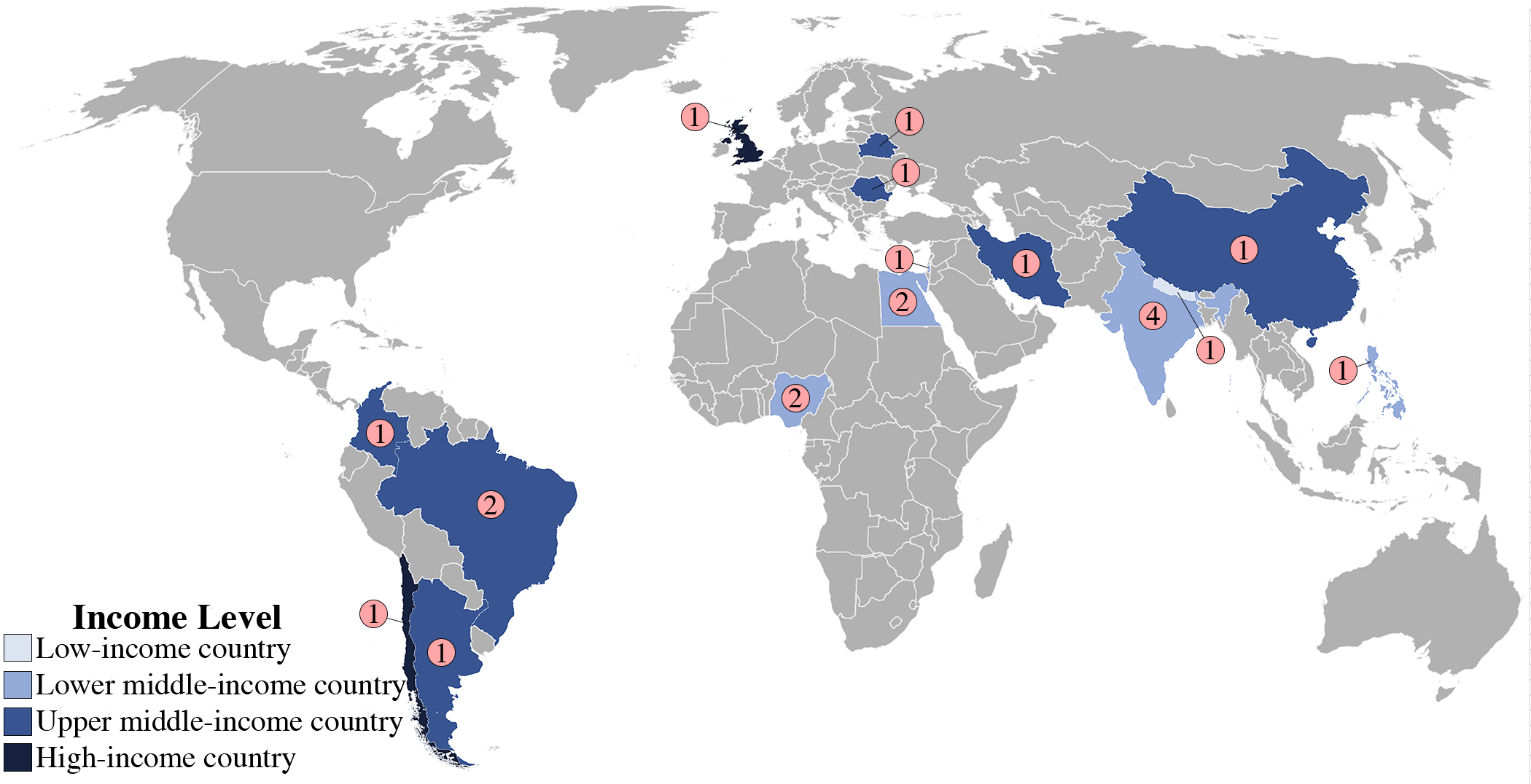Collaborative efforts to provide international educational opportunities have been part of the orthopaedic landscape for many years. Some of these experiences involve orthopaedic society-funded traveling fellowships. Others are more informal opportunities created through global professional relationships. Among these: visiting experiences for junior surgeons to learn new techniques and approaches to patient care that can be brought back to their institutions.
Of all of the subspecialties in our field, these types of educational experiences are likely most frequent in pediatric orthopaedic surgery. What has not be adequately addressed is, “How do visiting surgeons feel about their experience, and how would they improve the programs?”
In the September 6, 2023 issue of JBJS, Carrillo et al. present the results of their interviews of 21 international surgeons who participated in North American pediatric orthopaedic observerships between 2009 and 2019.
The current study follows 2 previous reports on the impact, barriers, and opportunities for improvement related to the observerships1,2. The researchers used a semistructured interview guide. Respondents represent 15 countries, with 1 surgeon from a low-income country, 10 surgeons from a lower middle-income country, 8 from an upper middle-income country, and 2 from a high-income country.
The most common reasons cited for participating in an observership were to advance clinical training and to learn specific skills. Other reasons included expanding professional networks, training under a specific surgeon or at a specific site, and gaining research skills.
The investigators point out that, while the clinical and nonclinical skills learned were helpful to most (such as learning about integrated team approaches to care), several interviewees emphasized the need to adapt techniques and practices to fit local needs and available resources at home. Financial burden was previously identified as the greatest barrier experienced by the surgeons participating in these observerships. With that in mind, and given recent COVID-related travel restrictions, the authors explored the use of virtual and blended learning models. Several respondents said that they preferred a hybrid (remote plus in-person) model.
This type of survey research is extremely valuable to enhancing the relevance and impact of the visiting experience for individuals who are considering participating in these opportunities. The information may inform centers seeking to sponsor visiting scholars in a way that best meets their needs while setting the stage for the sharing and exchange of experiences. This, in turn, will result in improved care for young orthopaedic patients worldwide.
Read more from this study at JBJS.org: Pediatric Orthopaedic Observerships in North America for International Surgeons: A Qualitative Study Exploring Motivations, Relevance, and Alternate Learning Platforms
JBJS Editor-in-Chief
References
- Carrillo LA, Sabharwal S. Pediatric orthopaedic observerships in North America for international surgeons: the visitor’s perspective. J Bone Joint Surg Am. 2021 Apr 7;103(7):e26.
- Carrillo LA, Sabharwal S. Pediatric orthopaedic observerships in North America for international surgeons: perceived barriers and opportunities for visitors and hosts. J Bone Joint Surg Am. 2021 Dec 1;103(23):e94.




